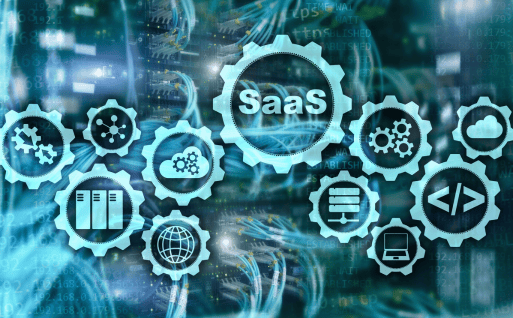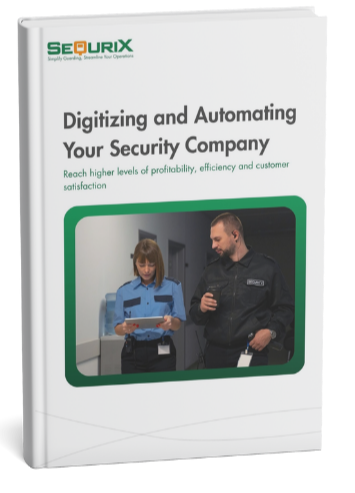
Start digitizing your security company to increase operational efficiency, improve profitability and build lasting customer relationships

In today's digital landscape, organizations have more options than ever when it comes to choosing their software solutions. Two of the most common models are Software-as-a-Service (SaaS) and on-premise software. While on-premise software is traditionally installed and maintained on local servers, SaaS offers a cloud-based alternative where the software is delivered over the internet. In this article, we will look at the benefits of SaaS compared to on-premise software.
On-premise software is usually purchased once and requires a high one-off investment. In addition, the costs for the support and maintenance of local servers are difficult to calculate. SaaS models require a lower initial investment compared to on-premise solutions. As SaaS applications are hosted in the cloud, there are no costs for hardware procurement, installation and maintenance of servers. Instead, the software is typically delivered via a subscription model, which allows organizations to better predict spending and offers better scalability as they only pay for the resources they actually use.
SaaS solutions are usually highly scalable and flexible. Companies can easily adapt their usage models as required by adding or removing users or activating additional functions and capacities. This allows organizations to quickly adapt to changing business requirements and drive innovation without the need for long development cycles or investment in new hardware.
SaaS eliminates the need for manual software updates and maintenance. SaaS platform providers are responsible for providing updates and ensuring system security. This means that organizations always have access to the latest features and security updates without the need for internal IT resources. On-premise software, on the other hand, often requires extensive internal maintenance and can lead to extended downtime while updates are implemented.
Due to the cloud-based nature of SaaS solutions, users can access the software from anywhere and from different devices. It is possible to use the software without an internet connection, but it is essential for synchronizing data between the cloud and the end device. This promotes collaboration and flexibility in work processes, especially in companies with teams operating at different locations or employees working remotely. On-premise solutions, on the other hand, often require access to the company's local network, which can limit accessibility.
Although security concerns are often an issue when using cloud-based services, SaaS providers typically invest significant resources into the security of their platforms. This includes the use of encryption technologies, multi-layered security measures and regular security audits (e.g. ISO 27001 and 9001). For many organizations, these security measures can often go beyond those they could implement internally to protect their on-premise systems.
Overall, SaaS solutions offer a number of advantages over traditional on-premise software solutions. From cost efficiency and scalability to improved accessibility and security, there are many reasons why companies opt for SaaS and why this principle has already clearly established itself on the software market.
Start digitizing your security company to increase operational efficiency, improve profitability and build lasting customer relationships

Subscribe